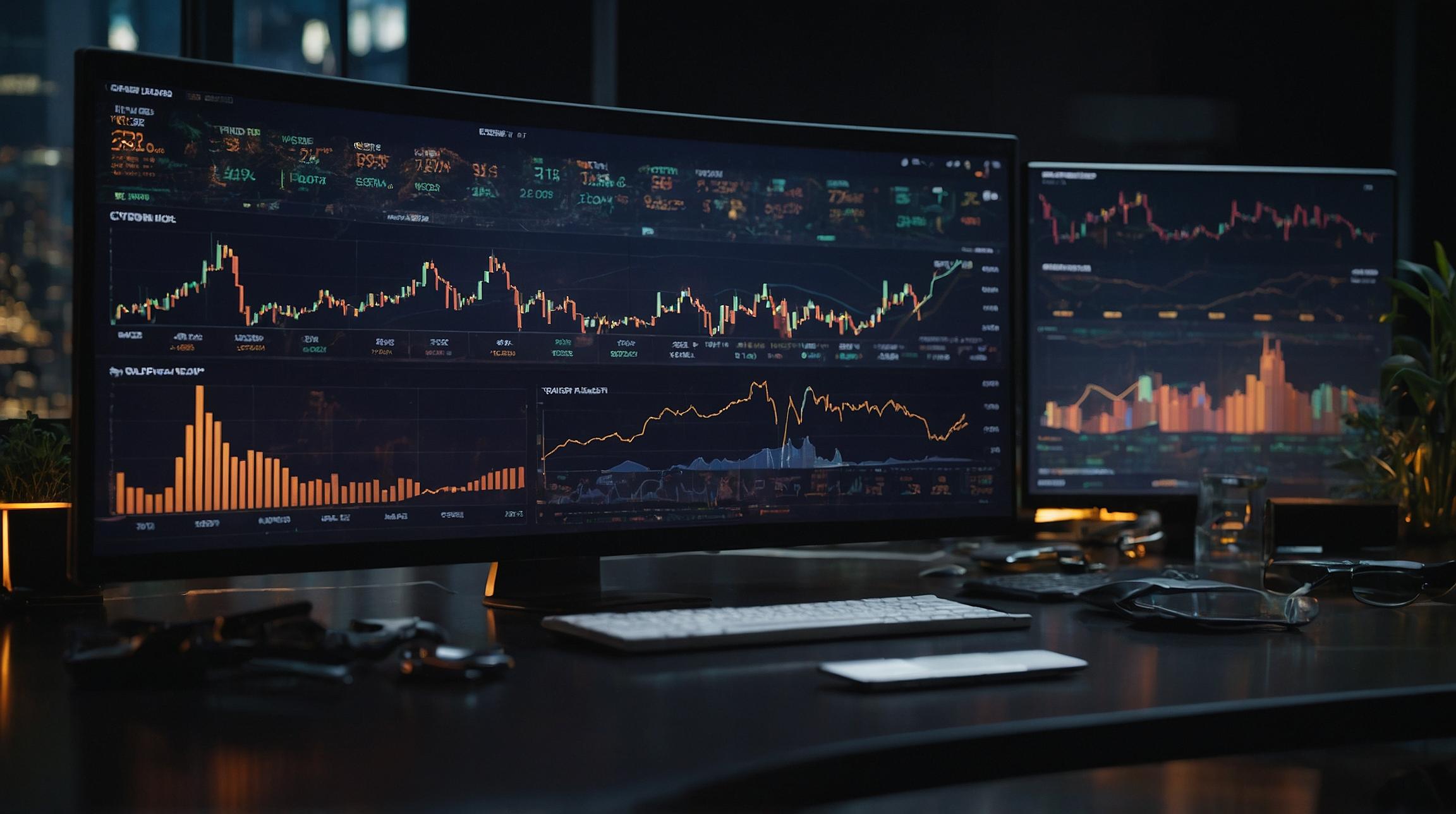Bitcoin’s Supply in Profit Drops to 80% Post-Halving
Bitcoin’s supply in profit has decreased to 80%, reflecting changes in market conditions after the recent Bitcoin halving event.
Understanding Bitcoin’s Supply in Profit
The percentage of Bitcoin’s supply in profit gives us an idea of how much of the Bitcoin currently in circulation is being held at a value higher than its purchase price. This metric is essential to grasp the market sentiment and observe potential price trends.
Historical Data from 2013 to 2024
From 2013 to 2024, there were periods when over 90% of Bitcoin supply was in profit. Notably, this occurred during:
- 2017
- Late 2020 to early 2021
These periods coincided with significant price rallies, illustrating the cyclical nature of Bitcoin’s market. When more Bitcoin is in profit, it often points to a bullish market, where prices are increasing.
Recent Trends in Bitcoin’s Supply in Profit
Focusing on the past 12 months, from mid-2023 to mid-2024, there’s a noticeable drop in the percentage of supply in profit.
- In March 2024, just before the Bitcoin halving event, the supply in profit reached nearly 100%.
- By June 2024, this number had fallen to 80%.
This decrease mirrors a price drop from almost $73,000 to about $60,000 in the same timeframe. These trends highlight Bitcoin’s market volatility and how significant events like the halving can impact profit levels.
Why Monitoring This Metric is Important
Keeping an eye on the percentage supply in profit provides valuable insights into market sentiment and potential price movements. Large shifts in this metric often come before or after major price changes, acting as a precursor to market trends.
Conclusion
Understanding the dynamic market conditions of Bitcoin and how major events like the halving affect its profitability is crucial for investors. Monitoring key metrics like the percentage supply in profit helps predict market trends and make informed investment decisions.
Stay updated on Bitcoin trends and use these insights to navigate the ever-changing market landscape.













